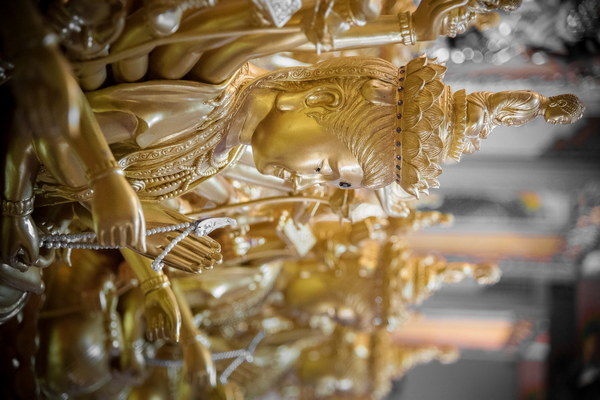Banish Dampness with a Soothing Foot Bath A Guide to Traditional Chinese Foot Soaking Remedies
In traditional Chinese medicine, dampness is considered an internal imbalance that can lead to various health issues. One of the most effective ways to alleviate dampness is through the ancient practice of foot soaking. By following these simple steps, you can harness the power of a warm, herbal foot bath to promote wellness and balance your body's energy.
Understanding Dampness in Traditional Chinese Medicine
Dampness is a concept in TCM that refers to an excess of moisture in the body, which can manifest as a variety of symptoms, including fatigue, bloating, weight gain, and joint pain. This moisture can be the result of poor diet, excessive dampness in the environment, or a weakened immune system. The goal of treating dampness is to expel the excess moisture from the body and restore balance.
The Benefits of Foot Soaking
Foot soaking is a popular method for removing dampness and promoting overall health. The feet contain numerous reflex points that correspond to different organs and body systems, making them an excellent area to focus on for balancing energy. Here are some of the benefits of a traditional foot bath:
- Improves Blood Circulation: The warmth of the water and the movement of your feet can increase blood flow throughout the body, helping to remove toxins and reduce inflammation.
- Stimulates Reflex Points: By massaging the feet, you can stimulate reflex points that correspond to various organs, aiding in the elimination of dampness.
- Soothes Muscles: A warm foot bath can help soothe tired muscles and reduce stress, allowing the body to relax and release the excess moisture.
- Enhances Sleep: The combination of warmth and relaxation can lead to improved sleep, which is essential for healing and balancing the body's energy.
How to Create a Dampness-Relieving Foot Bath
To create a dampness-relieving foot bath, you'll need the following ingredients:
- A large basin or foot bath
- Warm water (not too hot, as it can cause burns)
- Herbs and essential oils that are known to aid in dampness relief
- Optional: a foot massager or a washcloth to apply pressure
Ingredients to Consider:
- Cinnamon: Known for its warming properties, cinnamon can help expel dampness from the body.
- Ginger: Another warming herb, ginger can aid in digestion and circulation, helping to remove dampness.
- Peppermint Oil: Peppermint has a cooling effect that can help soothe the body and clear excess dampness.
- Eucalyptus Oil: Eucalyptus can help open up the pores and allow the body to release toxins and dampness.
- Rosemary: Rosemary is a stimulant that can increase blood flow and help remove dampness.

Instructions:
1. Fill the basin or foot bath with warm water, ensuring it's comfortable for your feet.
2. Add the herbs and essential oils to the water. Stir the water to ensure the herbs are fully submerged and the oils are dispersed.
3. Sit down and place your feet in the water, ensuring they are fully submerged.
4. Relax and soak for at least 20 minutes, or until the water becomes too cool.
5. Optional: Use a foot massager to gently massage your feet while soaking to stimulate reflex points and enhance the healing process.
6. When you're finished, gently towel dry your feet and apply a moisturizer to prevent dryness.
Regular Practice for Best Results
To experience the full benefits of a dampness-relieving foot bath, it's best to practice it regularly. Aim to soak your feet at least once or twice a week, depending on the severity of your dampness symptoms. Over time, you may notice an improvement in your energy levels, digestion, and overall well-being.
Remember, while foot soaking can be an effective treatment for dampness, it's always best to consult with a healthcare professional, especially if you have underlying health conditions. With the right combination of herbs and essential oils, a warm foot bath can be a soothing and healing experience that brings balance to your body and mind.









